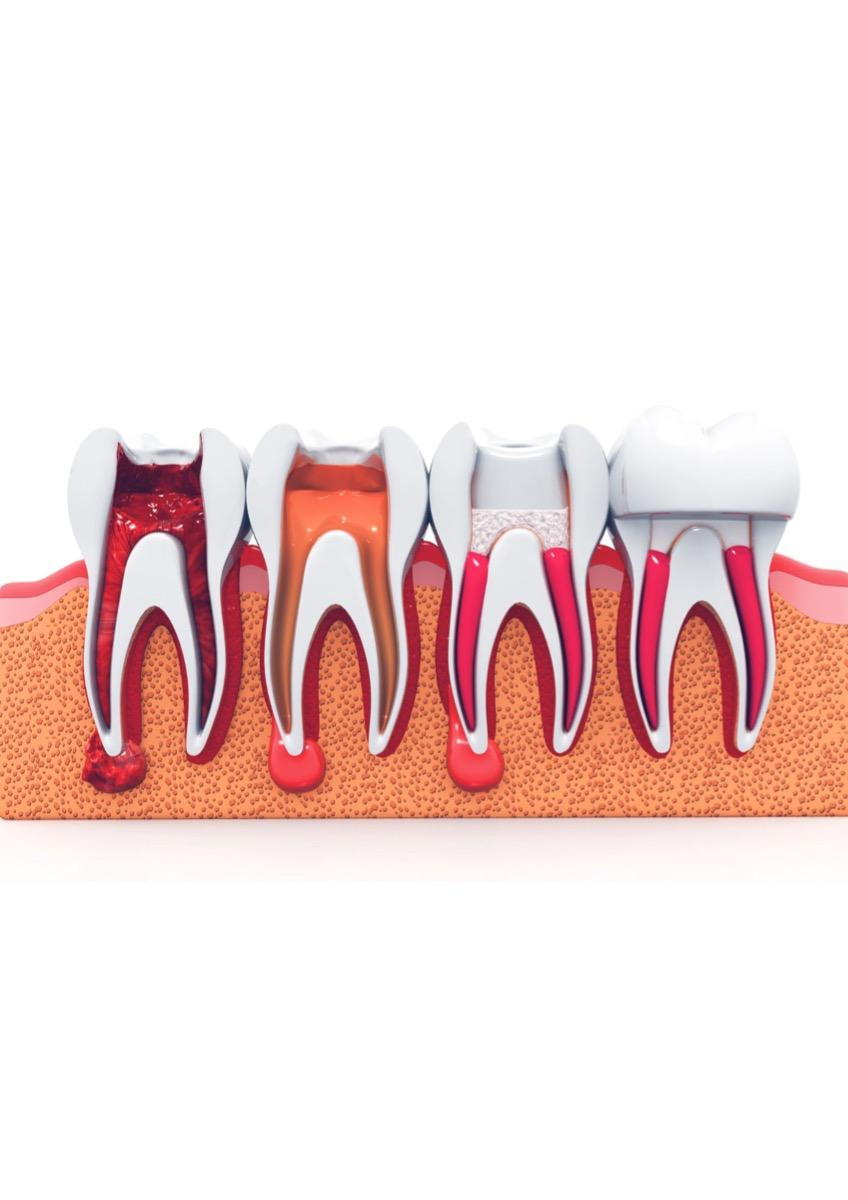
What to Expect During a Root Canal Procedure - A Step-by-Step Guide
A root canal procedure can be intimidating, but if you go in with a better understanding of what to expect, you can feel more prepared. This guide will help you understand the process from start to finish so that you can be ready for your root canal procedure.
Step One: The Consultation with Your Dentist
The first step is to consult with your dentist. During this appointment, they will examine your mouth and take X-rays to figure out what’s going on inside your tooth. Your dentist will then explain the root canal procedure, how long it may take, and any associated risks or side effects that could occur. They will also provide information about follow-up appointments and aftercare instructions. If you have any questions or concerns, this is the time to ask them!
Step Two: Preparing Your Tooth for the Procedure
Once your dentist confirms that a root canal is necessary, they will begin by administering local anesthetic to numb the area around the affected tooth. After this has been done, they will create an opening in the crown of your tooth to access the pulp inside it. This involves drilling into the enamel until they reach the pulp chamber. It’s important to note that during this step, no pain should be felt due to the anesthesia administered earlier.
Step Three: Removing Infected Tissue from Inside Your Tooth
Next, your dentist uses special tools like files and picks to remove any infected tissue from inside your tooth. This includes removing any bacteria or debris that may have built up over time due to decay or injury. Once all of this tissue has been removed, your dentist will flush out the area with a sterilizing solution before sealing it off so no further infection can occur.
A root canal procedure may seem scary at first but if you know what steps are involved and what methods are used by dentists like us here at Park Slope Dental Aesthetics, then you can feel more prepared for when it comes time for your appointment! It’s important for people who need a root canal procedure—or those considering undergoing one—to understand each step of the process so that they’re fully aware of what’s going on throughout their treatment plan. With this comprehensive guide in hand, you now have all of the information needed to make an informed decision about getting a root canal!
FAQs:
What is a root canal procedure?
A root canal procedure is a dental treatment that involves removing the infected or damaged pulp from the root canal system of a tooth. The root canal is then cleaned, disinfected, and sealed to prevent further infection and restore the tooth's function.
Why is a root canal necessary?
A root canal procedure is necessary when the tooth's pulp, which contains nerves and blood vessels, becomes infected or inflamed due to deep decay, trauma, or repeated dental procedures. Without treatment, the infection can spread to the surrounding tissues and cause abscesses or tooth loss.
How long does a root canal procedure take?
The length of a root canal procedure can vary depending on the tooth's location, complexity, and extent of infection. Generally, a root canal takes one to two hours to complete.
What can I expect during a root canal procedure?
During a root canal procedure, the dentist will numb the area around the affected tooth and make an opening in the top of the tooth to access the root canal system. The infected or damaged pulp is then removed, and the canal is cleaned, disinfected, and shaped using specialized instruments. Once the canal is prepared, it is filled with a rubber-like material called gutta-percha, and the tooth is sealed with a temporary or permanent filling.
How will I feel after a root canal procedure?
After a root canal procedure, it is common to experience some discomfort or sensitivity for a few days. Over-the-counter pain medications can help manage the discomfort, and the dentist may prescribe antibiotics to prevent infection. You may also need to avoid chewing on the affected tooth for a few days until it fully heals.
What are the risks associated with a root canal procedure?
Although root canal procedures are generally safe, there are some risks associated with the treatment, such as infection, nerve damage, or instrument breakage. However, these risks are rare and can be minimized by choosing a qualified and experienced dentist.
How can I care for my teeth after a root canal procedure?
To care for your teeth after a root canal procedure, it is important to maintain good oral hygiene habits, such as brushing twice a day, flossing daily, and visiting the dentist for regular check-ups. You may also need to avoid hard or sticky foods and follow any specific aftercare instructions provided by your dentist.
What are the alternatives to a root canal procedure?
The alternatives to a root canal procedure include tooth extraction or leaving the infected tooth untreated. However, tooth extraction can lead to other dental problems and the need for additional dental treatments, while leaving the infected tooth untreated can cause severe pain and lead to tooth loss. Therefore, a root canal procedure is often the best option for preserving the natural tooth and maintaining oral health.
